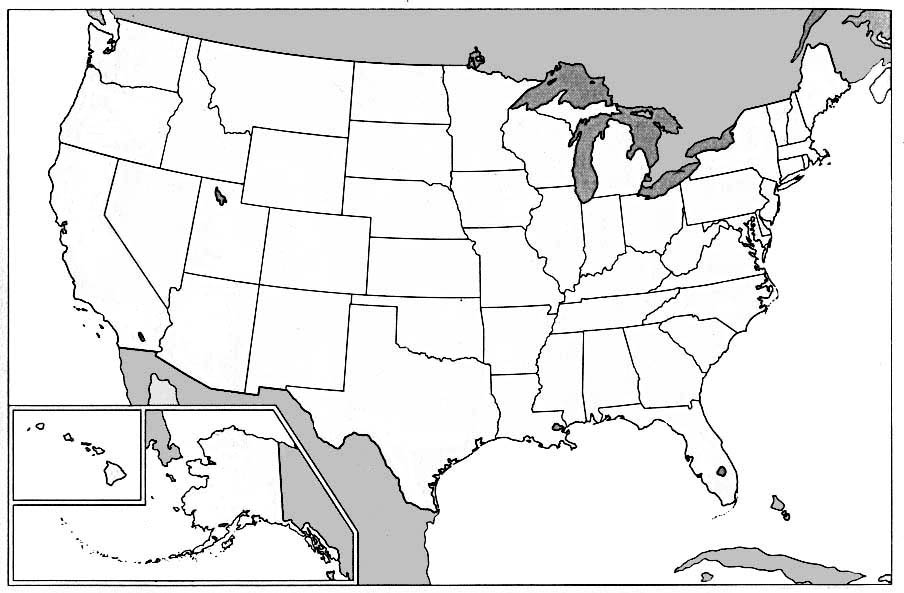
2010 Senate Elections Overview
The following map is of the U.S. Senate seats up for election in 2010. States colored blue have a Democratic seat up for election. States colored red have a Republican seat up for election. States colored purple have both a Democratic and Republican seat up for election. There is a listing of the seats up for election in 2010. Next to each state, there is the name of the current senator and the percentage they recieved in their last election Open seats are noted as such.
Democratic Seats (17)
1. Indiana - Bayh, 62%
2. Colorado - Bennet, Appointed
3. California - Boxer, 58%
4. Illinois - Burris, Appointed, Open Seat
5. Connecticut - Dodd, 66%, Open Seat
6. North Dakota - Dorgan, 68%, Open Seat
7. Wisconsin - Feingold, 55%
8. Hawaii - Inouye, 73%
9. Vermont - Leahy, 71%
10. Arkansas - Lincoln, 56%
11. Maryland - Mikulski, 65%
12. Washington - Murray, 55%
13. Nevada - Reid, 61%
14. New York - Schumer, 71%
15. Pennsylvania - Specter, 53% [Elected as a Republican]
16. New York - Gillibrand, Appointed
17. Oregon - Wyden, 64%
Republican Seats (18)
1. Utah - Bennett, 68%
2. Missouri - Bond, 56%, Open Seat
3. Kansas - Brownback, 69%, Open Seat
4. Kentucky - Bunning, 51%, Open Seat
5. North Carolina - Burr, 52%
6. Oklahoma - Coburn, 53%
7. Idaho - Crapo, Uncontested
8. South Carolina - DeMint, 54%
9. Iowa - Grassley, 70%
10. New Hampshire - Gregg, 66%, Open Seat
11. Georgia - Isakson, 58%
12. Florida - LeMieux, Appointed, Open Seat
13. Arizona - McCain, 77%
14. Alaska - Murkowski, 49%
15. Alabama - Shelby, 68%
16. South Dakota - Thune, 51%
17. Louisiana - Vitter, 51%
18. Ohio - Voinovich, 64%, Open Seat
Analysis
The 2010 midterm elections will be the first barometer of how the American people feel since Obama's election in 2008. That being said, Obama himself is not so much to credit or blame for whatever the results may be in 2010 because for the most part these races will be decided based on the concerns of that state. In order for Democrats to hold onto their 59 seat majority in the Senate, they need to either keep all of their seats within the Democratic party or pick up at least as many Republican seats as they lose.
The best opportunities for Democrats are (in no particular order): Missouri, Kentucky, New Hampshire, Louisiana, and Ohio. Of these, the races the Democrats should focus their energy on are New Hampshire and Ohio. Kentucky is included because of the fact that it is an open seat and Democrats are likely to nominate a moderate candidate, and Louisiana is included because Democrats are likely to put forth a popular moderate candidate. The best opportunities for Republicans are (in no particular order): North Dakota, Arkansas, Nevada, and Colorado. Of these, the races Republicans should focus their energy on are North Dakota and Arkansas. Republicans are almost certain to win North Dakota because they are expected to pick the current popular governor to run, and Democrats have no prominent candidates up to this point.
